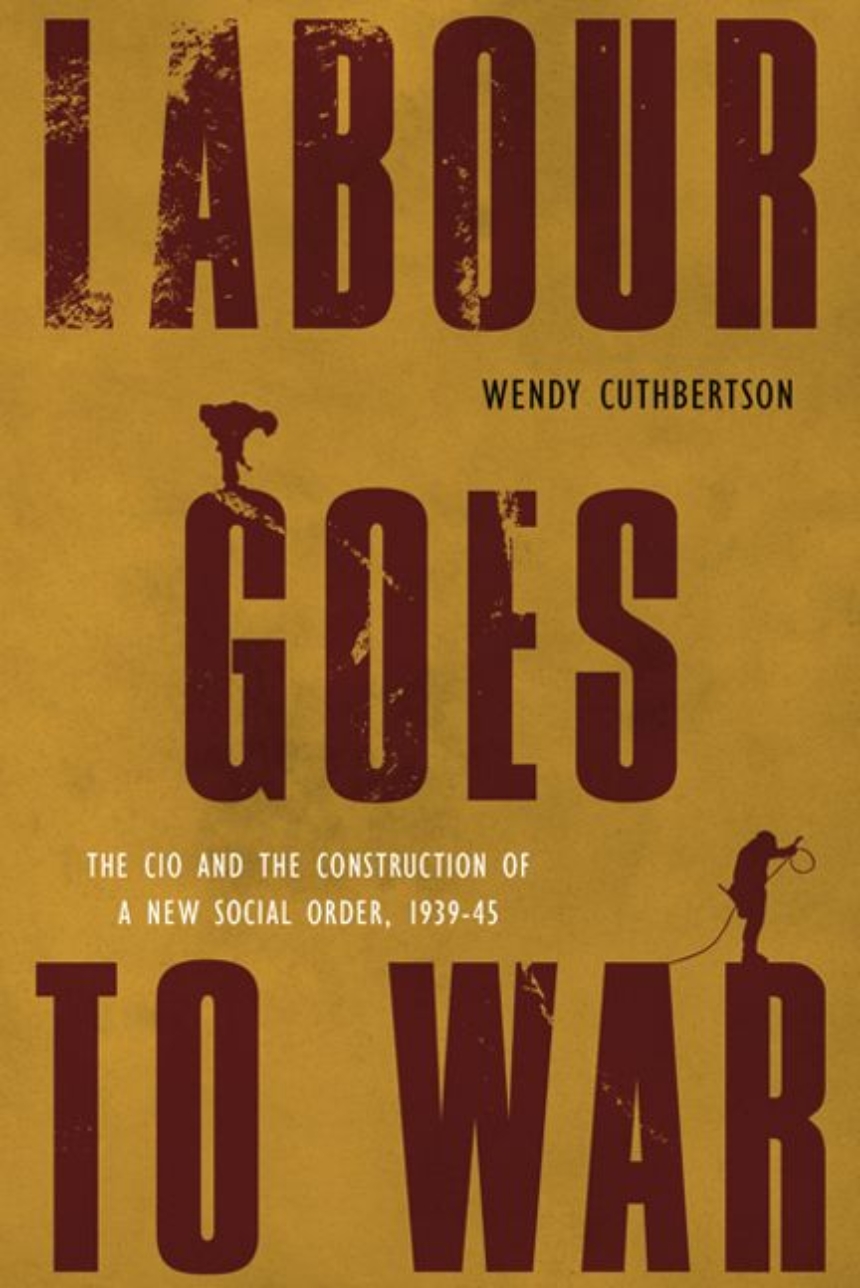University of British Columbia Press
Labour Goes to War
The CIO and the Construction of a New Social Order, 1939-45
Distributed for University of British Columbia Press
Labour Goes to War
The CIO and the Construction of a New Social Order, 1939-45
During the Second World War, the Congress of Industrial Organizations in Canada grew from a handful of members to more than a quarter-million. What was it about the “good war” that brought about this phenomenal growth? Labour Goes to War argues that both economic and cultural forces were at work. Labour shortages gave workers greater economic power in the workplace. But cultural factors – workers’ patriotism, ties to those on active service, and allegiance to the “people’s war” – also fueled the CIO’s growth. The complex, often contradictory, motives of workers during this period left the Canadian labour movement with an ambivalent progressive/conservative legacy.
Table of Contents
Introduction
1 “A Trifle Depressing”: The CIO on the Eve of War
2 Organizing the Unorganized in Wartime
3 Wartime Organizing: Getting to a Majority
4 “Becoming Unionized as Well as Organized”: Union Sociability, the Transmission of Ideas, and the Creed of Equality
5 “The War for the Common Man”: The CIO’s Narrative of a Fulfilled Democracy
6 “Equal Partners in This World Crusade”: Women, Equal Pay, and the CIO
Conclusion
Notes
Bibliography
Index

